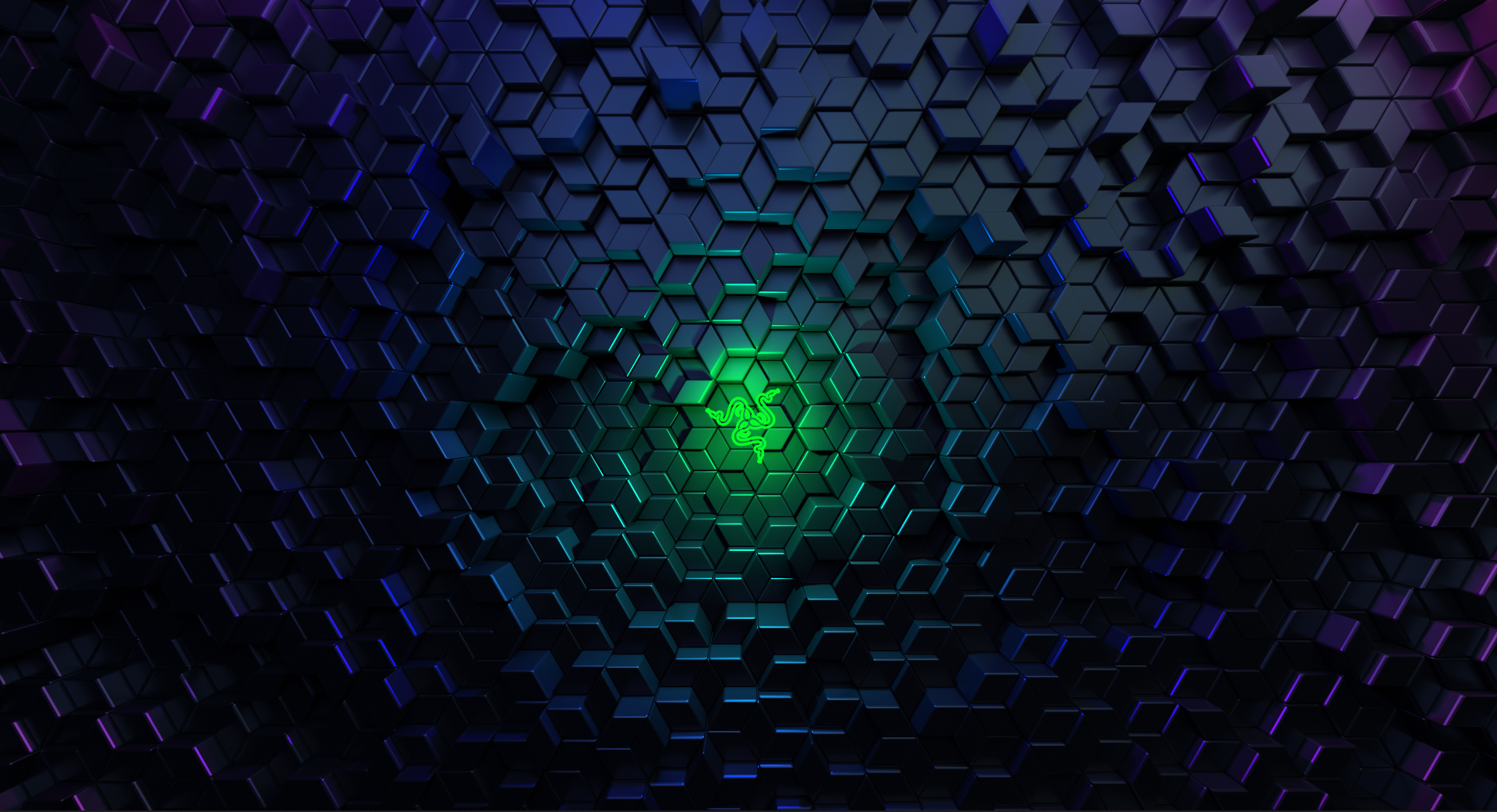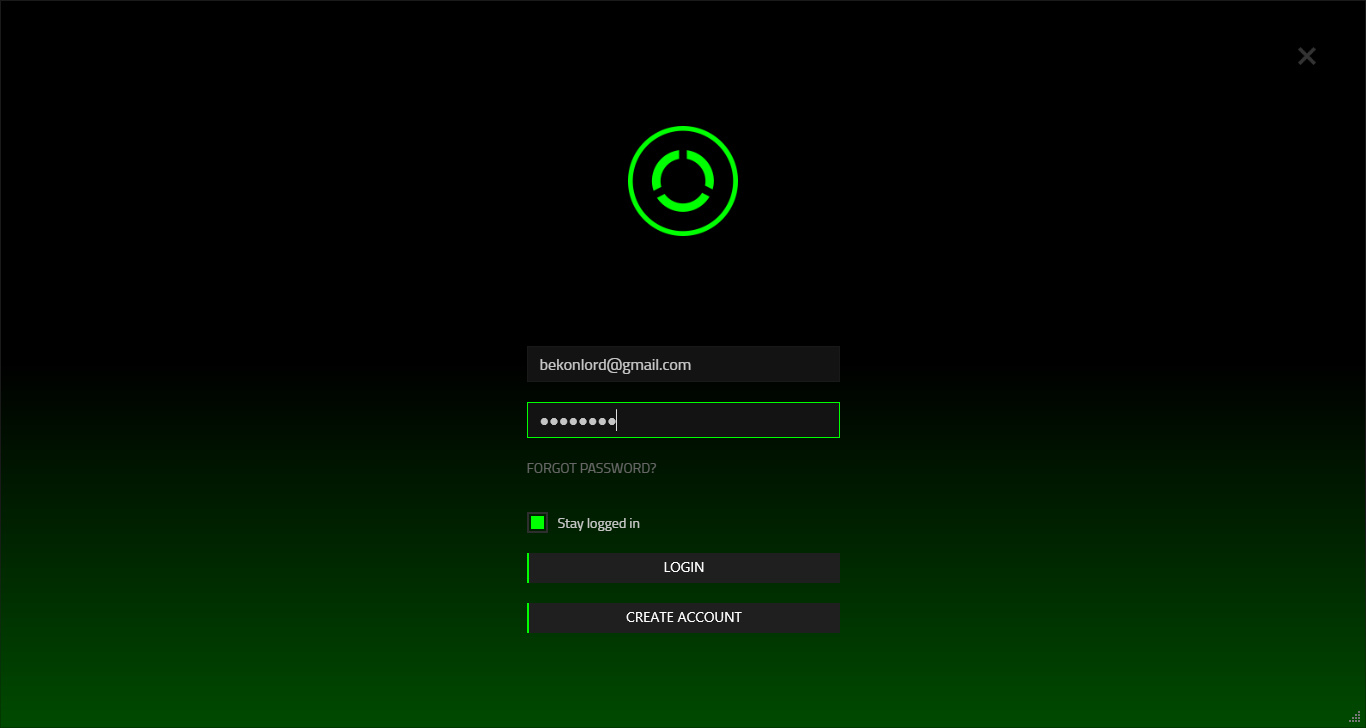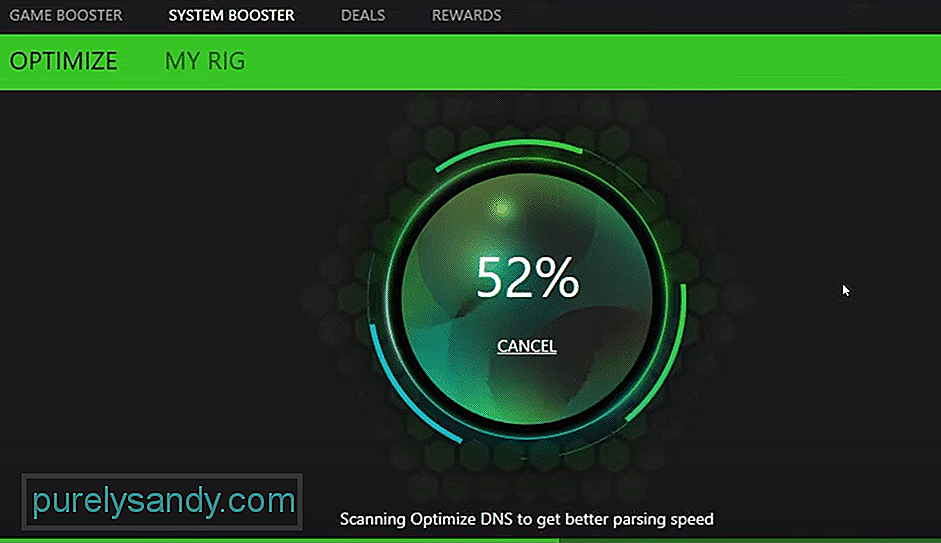
There's nothing that really sets the Razer Edge apart from the endless sea of Android hardware out there, but it's by no means an ugly device. It's very well put together, and I'd argue that the Razer Edge does feel more premium and durable than the Logitech G Cloud and its obvious seams. All-in-all, the Razer Edge is entirely and expertly constructed of matte black plastic and a single glass pane for the display. The back of the device is complimented by the six tastefully placed fan vents and a subtly engraved Razer logo (sorry, there's no RGB lighting here). The Razer Edge is expertly constructed of matte black plastic and glass. Along the squared plastic frame, you'll get separated volume buttons and a power button located at the top left, dual mics at the top and bottom, a microSD card slot at the bottom left, and a USB Type-C charging port on the right edge.

There's a 6.8-inch display on the front with aggressive curved corners along with a front-facing camera (located at the top in landscape orientation, the default for this device). The Razer Edge itself perfectly straddles the line between a small format tablet and your typical slab Android smartphone. That means all the pros (superb ergonomics for such a compact controller) and cons (a weaker clamp that means there's some flex when connected to the Razer Edge). I'll save some time and space and skip going into detail on the controller's design - it's utterly identical to the standard Razer Kishi V2 but with the addition of HyperSense haptic feedback. The Razer Edge is actually comprised of two totally separate pieces: the tablet itself and its all-important Razer Kishi V2 Pro mobile controller. (Image credit: Windows Central | Daniel Rubino) Separated from the Kishi V2 Pro, the Edge looks like a smartphone / tablet hybrid. Our recommended Razer Edge configuration: If you're already a Verizon customer, getting the Razer Edge 5G and its cellular capabilities may be worth the consideration, especially if you're in the market for a new smartphone. I reviewed the Razer Edge Wi-Fi, while Windows Central's Daniel Rubino had the Razer Edge 5G. The Razer Edge's hardware and internals are premium for the market, with several notable features justifying its higher price tag versus competitors like the Logitech G Cloud (which is often criticized for its poor value proposition), like the active-cooled Snapdragon G3x Gen 1 system-on-a-chip and the impressive 144Hz AMOLED display.

Razer Nexus, screenshot, and two other buttons Left & right joysticks, triggers, bumpers THX Spatial Audio / Verizon Adaptive Sound (5G version)


Active-cooled with internal fan, 6 airflow vents


 0 kommentar(er)
0 kommentar(er)
